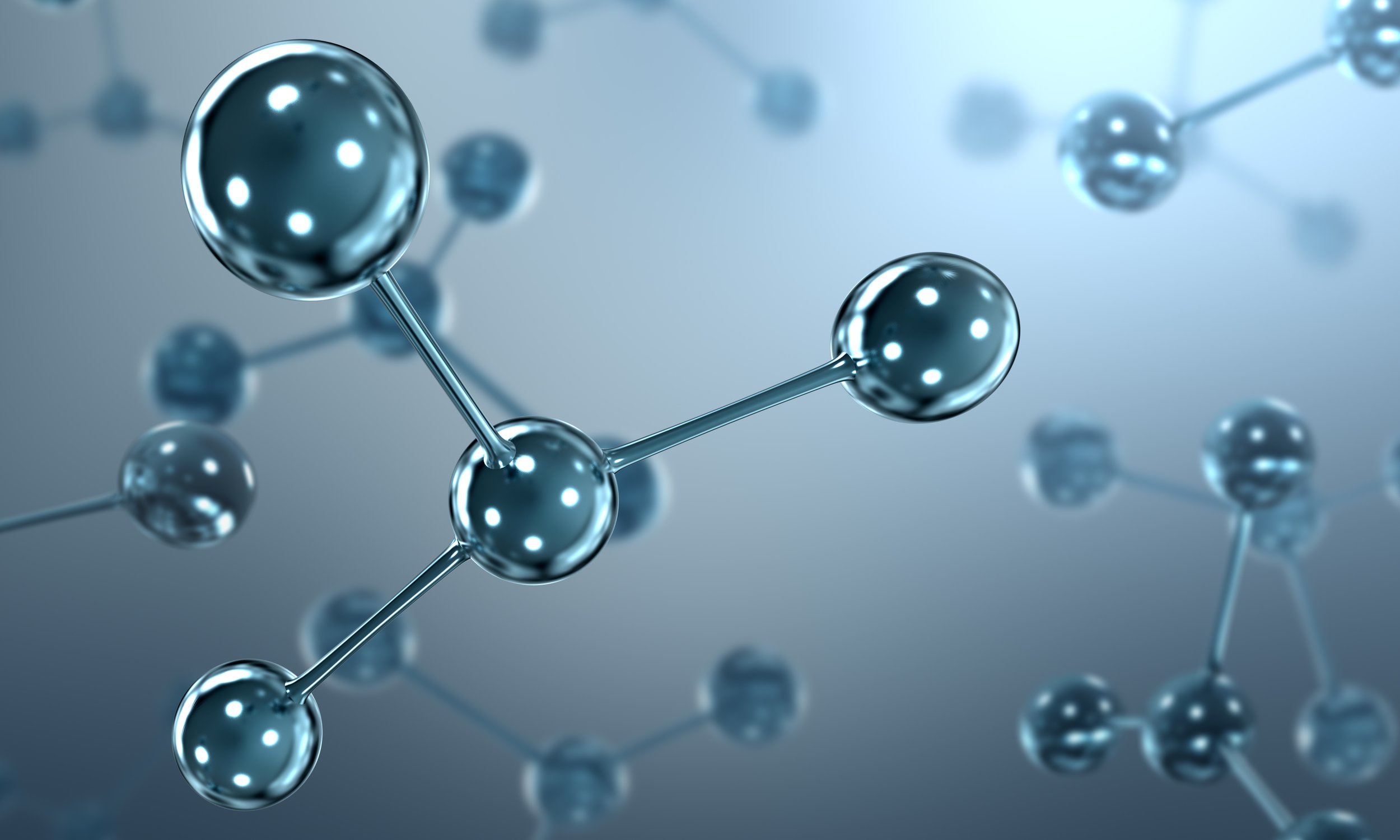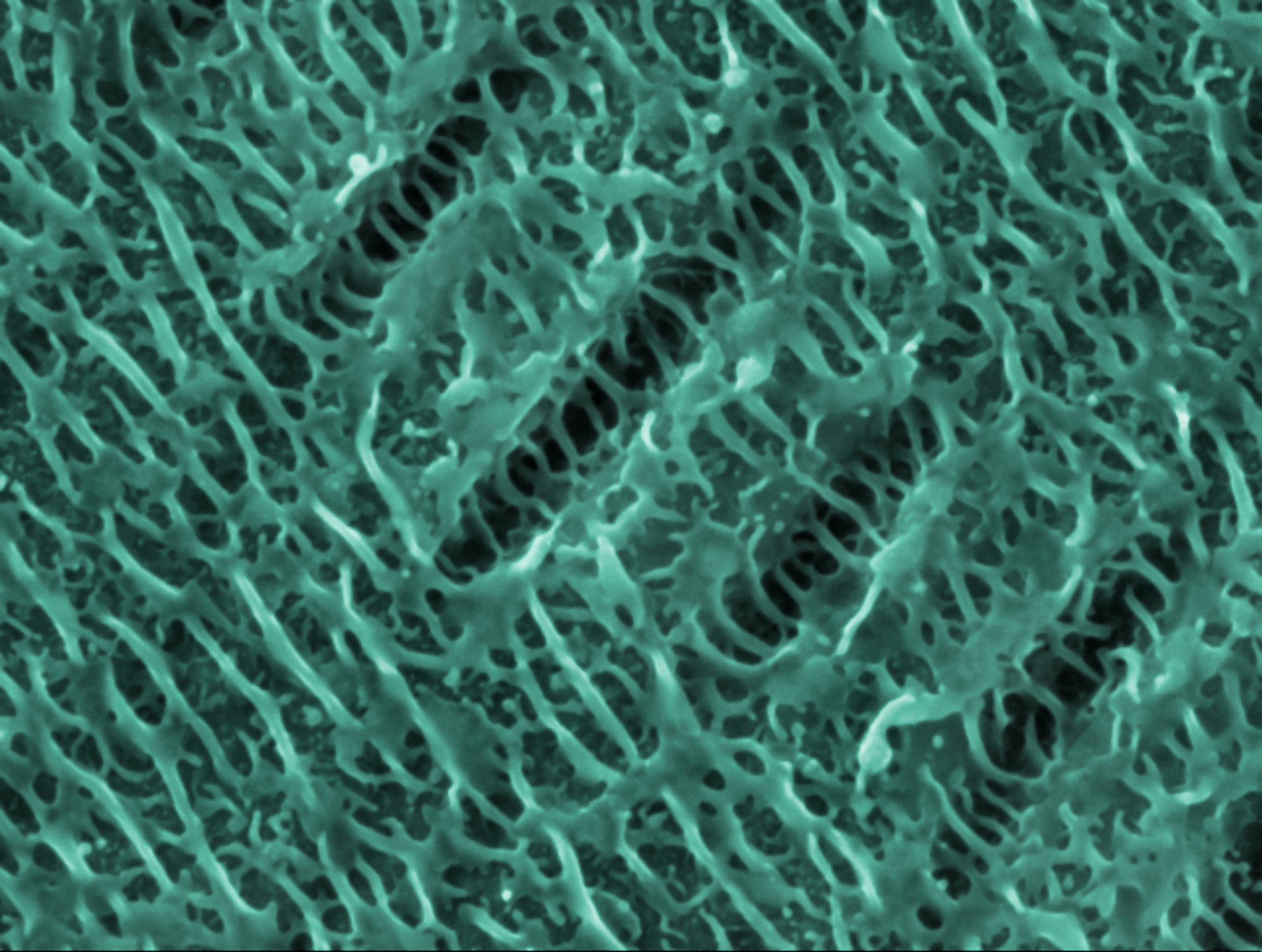X-ray Imaging Sheds Light on Fusion Material Challenges

The pursuit of alternative clean energy sources has gained significant momentum, driven by the urgent need to mitigate climate change and reduce reliance on fossil fuels. Among the most promising avenues is the attempt to replicate the sun's fusion reactions here on Earth, a process that could potentially provide an abundant and sustainable energy supply.
However, achieving this ambitious goal requires overcoming numerous technical challenges, one of which involves understanding and controlling the materials used in fusion experiments. This has led scientists to explore innovative techniques that can provide deeper insights into these materials, with the hope of advancing fusion technology.
One particular focus of research has been on inertial fusion energy experiments, which aim to recreate the conditions necessary for fusion by compressing a fuel pellet to extremely high densities. To achieve this, the fusion fuel must be held in a very precise configuration, and one promising material to achieve this is a type of porous foam known as nanofoam. However, understanding how well these nanofoams perform in such experiments is challenging, as existing techniques either destroy the delicate structures or lack the resolution needed to study them in detail.
To address this issue, researchers have recently reported the development of a novel X-ray imaging technique that makes use of the unique properties of the Linac Coherent Light Source (LCLS) at the Department of Energy's SLAC National Accelerator Laboratory. This new technique has allowed them to resolve the three-dimensional nanostructure of a copper foam with a level of precision that is directly relevant to fusion experiments.
"This type of 3D volume technique at a free-electron laser is a first-of-its-kind measurement," stated Adra Carr, a research scientist at Los Alamos National Laboratory and the lead author of the work, which was published in Nano Letters on 1 August. The significance of this development lies in its potential to provide unprecedented insights into the materials used in fusion experiments, which could, in turn, lead to more effective and reliable fusion energy systems.
The technique developed by the researchers is based on a method known as ptychographic imaging, which involves generating images by analysing the patterns of photons scattered off a sample. In this case, the team scattered X-ray beams from the LCLS off samples of copper foam. By applying advanced computer algorithms, they were able to reconstruct the original sample with nanoscale resolution, effectively creating a detailed 3D image of the foam's internal structure. The ability to rotate the samples during imaging further enhanced their understanding of the foam's three-dimensional architecture.
"This new technique leverages the coherence and the brilliance of the X-ray free-electron laser," explained Arianna Gleason, a senior staff scientist at SLAC and a corresponding author on the study. "We were able to interrogate the foam in a way that few other methods could achieve." The resulting images revealed that the copper foam is far less uniform than previously assumed. Many of the thin shells within the foam were found to be distorted, merged, or even open—variations that could significantly impact their performance in inertial confinement fusion experiments.
These findings have important implications for the development of fusion energy. By understanding the specific characteristics of these nanofoams, scientists can work on optimising foam fabrication methods, thereby tailoring these materials to better suit the needs of fusion experiments. The ultimate goal is to create materials that can reliably and efficiently facilitate the fusion process, bringing us one step closer to harnessing fusion energy as a viable power source.
The success of this project is a testament to the power of interdisciplinary collaboration. The research brought together material experts from Lawrence Livermore National Laboratory, who are engaged in inertial confinement fusion experiments at the National Ignition Facility, with coherent imaging specialists from Los Alamos and Brigham Young University, alongside experimental design experts from SLAC. This combination of expertise across multiple fields and institutions was crucial in achieving the breakthrough.
"I think this work is a really wonderful example of how these types of experiments are only possible with diverse expertise across multiple fields and at unique places like SLAC," Carr remarked. Looking ahead, the researchers hope that their work will pave the way for further advancements in imaging techniques. They plan to apply this innovative method to other fusion-related materials, and Gleason mentioned that it could also be extended to study other multi-material, nanoscale structures or even fragile samples. Additionally, there is potential to incorporate data from other sensors to analyse the 3D nanostructures of samples over time or to map the distribution of different chemical species within these structures.
The development of this X-ray imaging technique represents a significant leap forward in the field of fusion research. By providing a clearer understanding of the materials involved, it brings the scientific community closer to realising the dream of fusion energy—a clean, virtually limitless source of power that could play a key role in addressing the global energy crisis.
Author
Sofia Taylor
Content Producer and Writer





